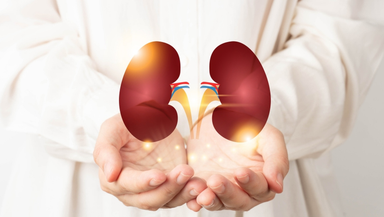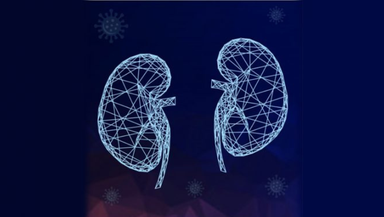What is the 4-2-8-2 breathing practice and how does it help?

If you're dealing with chronic stress, anxiety, or other mental health issues, it's advisable to consult with a healthcare professional for a comprehensive assessment, said Dr Manjusha Agarwal, senior consultant, internal medicine, Gleneagles Hospital Parel Mumbai.
Yoga and mindfulness practitioners advocate the need to focus on one’s breath as a technique to reduce stress and anxiety. While clinical studies are limited, there are different breathing patterns and techniques that are all over social media. While we have covered many of these in our fitness series, one such that deserves your attention is the 4-2-8-2 breathing method, a type of Pranayama, touted to lower the heart rate.
But before we dive into what the method is all about, here’s what to know about Pranayama and the heart rate.
According to neurologist Dr Sudhir Kumar, Apollo Hospitals, Hyderabad, Pranayama or yogic breathing results in multiple health-related benefits, including lowering of resting heart rate. “Studies have shown that practicing pranayama regularly causes lowering of systolic and diastolic blood pressure and heart rate. It also helps in reducing stress and has a calming effect on the mind,” said Dr Kumar.
Pranayama improves focus and concentration resulting in better cognitive functions. Benefits of pranayama are seen across age groups (younger as well as older people) and in both normal-weight as well as overweight people. Dr Kumar added that people suffering from lung diseases such as asthma and chronic obstructive pulmonary disease (COPD) notice an improvement in respiratory functions after practicing pranayama.
What is the 4-2-8-2 breathing method all about?
The 4-2-8-2 breathing method, also known as box breathing or square breathing, is a simple and structured breathing technique that involves inhaling, holding the breath, exhaling, and then holding the breath again, each for a specific count. In the case of 4-2-8-2, it means inhaling for a count of 4, holding the breath for 2 counts, exhaling for 8 counts, and holding the breath again for 2 counts.
Is this breathing method effective?
This breathing method is often promoted for its potential benefits in promoting relaxation, reducing stress, and helping with anxiety. “The structured pattern of this technique may have a calming effect on the nervous system, and the focus required during each breath cycle can help divert attention from stressors,” said Dr Manjusha Agarwal, senior consultant, internal medicine, Gleneagles Hospitals Parel Mumbai.
Here’s a breakdown of the steps:
1. Inhale for 4 counts.
2. Hold the breath for 2 counts.
3. Exhale for 8 counts.
4. Hold your breath again for 2 counts.
According to Dr Agarwal, while there is anecdotal evidence and some support from studies suggesting that structured breathing techniques can help reduce stress and anxiety, it’s important to note that individual responses may vary. “Some potential benefits of this technique include increased mindfulness, improved focus, and a sense of relaxation,” said Dr Agarwal.
It’s crucial to approach breathing techniques as complementary practices rather than standalone solutions for mental health concerns. “If you’re dealing with chronic stress, anxiety, or other mental health issues, it’s advisable to consult with a healthcare professional for a comprehensive assessment and appropriate guidance,” said Dr Agarwal.










